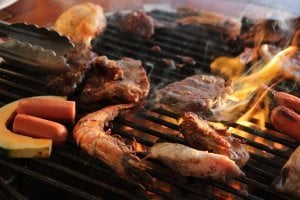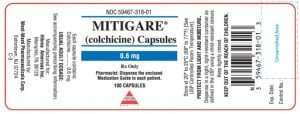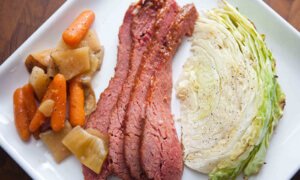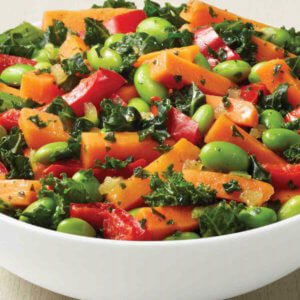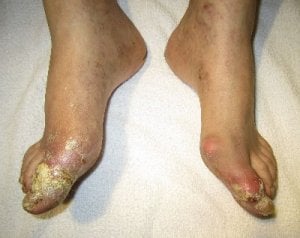Uric Acid Crystal Formation is my layman’s review of two uric acid studies. So, I list the key points raised by these studies. Then, I examine how you can apply these facts to your own gout control plans.
Uric Acid Crystal Formation Audience
I wrote Uric Acid Crystal Formation for all gout sufferers who want to understand uric acid. Because I believe that gout control is easier when you understand gout pain processes. However, if you prefer practical help for gout recovery, start at Questions for Gout Sufferers.
Uric Acid Crystal Formation Reports
UA Crystal Formation Contents
This is a review of Wilcox’s investigation into Uric Acid (UA) crystal formation[1]. Together with Martillo’s later review of the UA crystallization process[2].
The most interesting aspect of these reports is a concept called nucleation. Because high uric acid levels occur above 6.8mg/dL. But, in the laboratory and in the body, fluids can have much higher concentrations without crystals forming.
Firstly, something “seeds” the crystal process. Then, micro crystals start UA crystal growth. So, these reports look at factors that push or slow the start of uric acid crystal formation.
Five Uric Acid Crystal Formation Factors
Wilcox reports four factors that push uric acid crystal formation. Also, one factor that slows crystal formation. But, I’ve ignored other tests that showed no influence on uric acid crystal growth.
The uric acid crystal formation factors are:
- Calcium, which increases nucleation and crystal growth.
- Acidity (low pH), which increases nucleation.
- Mechanical shock causes fast nucleation which repeats with more shocks.
- Joint fluid from a gout patient increased nucleation. But…
- Joint fluid from a rheumatoid patient slowed it.
More Uric Acid Crystal Formation Factors
Martillo’s review starts with uric acid level and temperature as key factors for crystal formation[3]. Then it covers Wilcox’s report. In particular, the shock might explain the tendency:
“for gout to occur in joints (rather than other tissues). Since joints undergo repeated daily mechanical shocks.”
Also, because of the joint fluid experiment:
“the contents of the gouty joint may themselves provide a hospitable environment for uric acid crystal formation.”
Staying with joints, the report describes factors that are not conclusive. So, “further studies are clearly needed” for albumin and other joint fluid components[4-5]. Also, the report looks at antibodies:
“gout is a chronic disease, and the chronic exposure to UA crystals might result in a persistent immune response”[6].
Uric Acid Crystal Formation Conclusions
The most important factor affecting uric acid crystal formation is uric acid level. Also, the temperature has a big impact. Then, other factors affect crystal nucleation and growth. But, we cannot say at this time which of these are most important. So, the other factors, alphabetically are:
- Acidity-Alkalinity (pH).
- Antibodies.
- Calcium (at least in laboratory conditions).
- Joint fluid components (various).
- Mechanical shock (trauma).
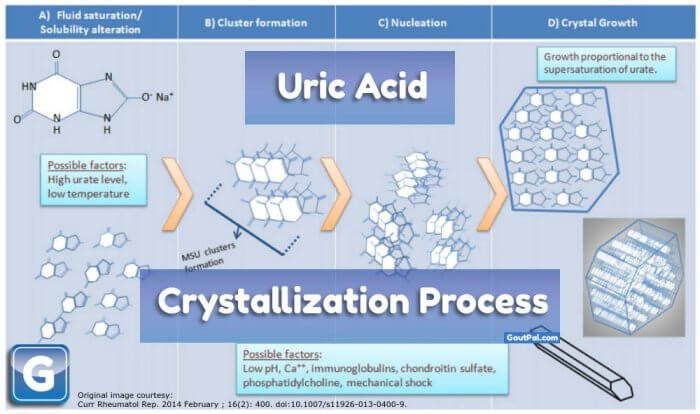
In conclusion, we see two main factors affect the basis for UA crystals. Because high uric acid and low temperatures create the saturation levels that allow crystals to form. Then other factors can affect the triggers that cause the start of crystal growth (nucleation). Once uric acid crystals have been “seeded”, the rate of crystal growth again depends on uric acid levels and temperature.
Your Uric Acid Crystal Formation
At last, you understand uric acid crystal formation. So, you can see how to control it.
Your best weapon is lowering uric acid. Also, try to avoid prolonged exposure to cold. Finally, avoid shocking your joints if you can. Obviously, you will not deliberately seek accidental trauma. But, you can avoid the shock of high impact exercise and over-exertion. Although you should always remember that gentle exercise is good for gout.
But keep warm and careful as you play.
If you want more personal help with uric acid and gout, please ask in the forums.
Leave Uric Acid Crystal Formation and Growth to browse more Understanding Uric Acid Resources.
Uric Acid Crystal Formation Related Topics
Please remember: to find more related pages that are relevant to you, use the search box near the top of every page.
Common Terms: crystal
Other posts that include these terms:
- Gout Without Hyperuricemia
- Uric Acid Crystal Pictures
- Urate Crystals
- Treatment For Gout
- Uric Acid Crystals: Now You See Them – Now You Don’t
- Test For Uric Acid Crystals
- Is Gout Massage A Bad Treatment Of Gout?
Uric Acid Crystal Formation References
- Wilcox, WILLIAM R., and A. A. Khalaf. “Nucleation of monosodium urate crystals.” Annals of the rheumatic diseases 34.4 (1975): 332-339.
- Martillo, Miguel A., Lama Nazzal, and Daria B. Crittenden. “The crystallization of monosodium urate.” Current rheumatology reports 16.2 (2014): 400. Urate Crystal Formation PDF.
- Fiddis, R. W., N. Vlachos, and P. D. Calvert. “Studies of urate crystallisation in relation to gout.” Annals of the rheumatic diseases 42.Suppl 1 (1983): 12.
- Burt, HELEN M., and Y. C. Dutt. “Growth of monosodium urate monohydrate crystals: effect of cartilage and synovial fluid components on in vitro growth rates.” Annals of the rheumatic diseases 45.10 (1986): 858-864.
- McGill, Neil W., and Paul A. Dieppe. “Evidence for a promoter of urate crystal formation in gouty synovial fluid.” Annals of the rheumatic diseases 50.8 (1991): 558-561.
- Kanevets, Uliana, et al. “A role of IgM antibodies in monosodium urate crystal formation and associated adjuvanticity.” The Journal of Immunology 182.4 (2009): 1912-1918.
Please give your feedback
Did this page help you? If yes, please consider a small donation. Your donations help keep GoutPal's gout support services free for everyone.
If not, please tell me how I can improve it to help you more.
- YouTube
- The gout forums.
TL;DR - Uric Acid Crystal Formation and Growth
This helps all gout sufferers understand how uric acid crystals form.
- Your best defense is low uric acid.
- Also keep affected areas warm.
- Avoid injuries and physical stress. But, gentle exercise is good for gout.
But keep warm and careful as you play.


